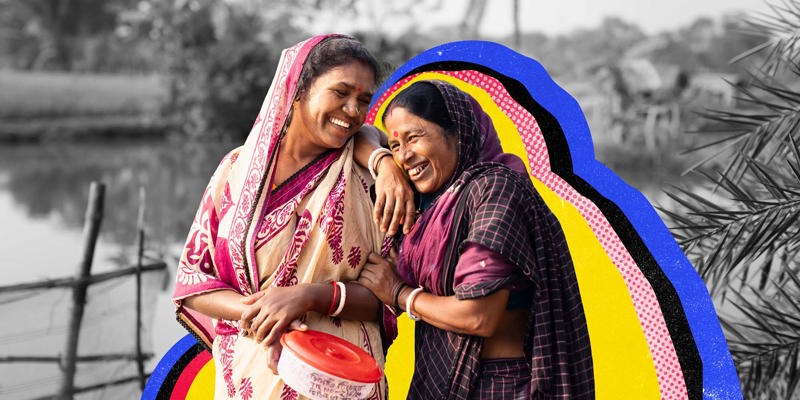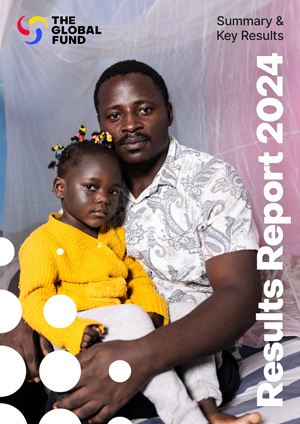

Malaria Resurgence Is a Very Real Risk
A version of this article originally appeared in the MediaPlanet Fight Against Malaria Campaign.
Rates of malaria have dropped significantly in recent years, but the battle is far from over — and without investment and commitment the world faces the risk of reversing progress.
“There has been a significant reduction in malaria mortality and morbidity since the Global Fund started in 2002. The number of cases has come down and global death rates have decreased by about 60%. It’s all incredibly exciting, but in the last two or three years we have reached an inflection point,” says Dr. Scott Filler, the Global Fund’s Malaria Team Leader. Progress is slowing, and, in some places, the number of cases and deaths are once again starting to rise.
“Malaria is like a coiled spring. You can squeeze it really hard, but if you let go, if populations grow and don’t get access to prevention, or you do not treat it effectively, it can suddenly spring back, and return to baseline rates very quickly. It’s unforgiving,” said Dr. Filler.
Step Up The Fight Against Malaria
As international development funding has plateaued, populations have continued to grow, meaning per capita expenditure has gone down, and more resources are needed to continue the fight.
“With current funding levels we might not be able to maintain the progress we have made, and we are nervous that the number of cases and deaths will continue to increase,” says Dr. Filler. The World Health Organization estimates malaria control will cost US$6.5 billion a year by 2020, compared to US$2.8 billion in 2015. An increasing global population, however, is not the only reason for this increase.
Mosquitos are becoming resistant to insecticide
Malaria-carrying mosquitos have developed resistance to insecticides used on bed nets, and human conflict and environmental disaster also take their toll. Recent unrest in Venezuela, for example, led to the collapse of the health care system, and cases have skyrocketed. Dr. Filler says: “It was close to eliminating malaria, and now there are 1 million cases a year. It shows how a country on the cusp of eliminating the disease can return to a highly deadly prevalence within just a couple of years.”
Aggressive control, elimination and continuing R&D
The Global Fund’s malaria investments are focused primarily on sub-Saharan Africa where 90% of all cases occur. In these high-burden countries, prevalence can be 40-50%, and as many as 150 in every 1,000 children die before their fifth birthday. Malaria, Dr. Filler says, is deeply connected to poverty, meaning high-burden areas lack the resources to tackle the problem alone.
“We concentrate the bulk of our resources in those areas, but we also work in the marginal countries so that when they have eliminated the disease, we can move the resources to those that haven’t,” he says, adding the organization worked with research and development partners on projects such as new insecticides.
Ultimately, the fight against malaria is about saving lives and improving quality of life in communities that often do not have a voice, he says. “We strongly believe that removing malaria from the equation of development can contribute to an upward spiral, to a place where countries can lift themselves out of poverty and sustain their own health programs.”







